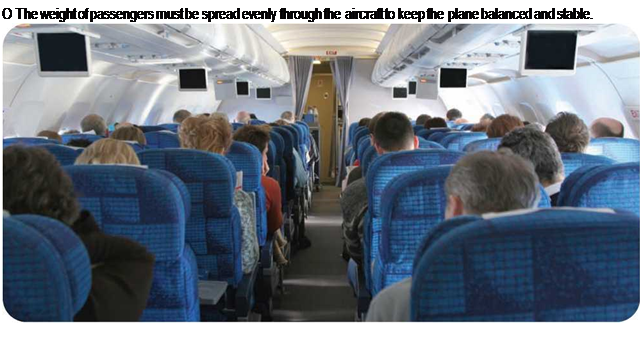Control
The wings, fin, and stabilizers keep an airplane flying straight and level. A pilot, however, needs the ability to make an airplane turn, climb, dive, and roll. Parts of the aircraft’s wings, fins, and stabilizers are hinged so that they can swivel. These moving parts are called control surfaces. The control surfaces are
 |
the ailerons in the wings, the elevators in the horizontal stabilizers, and the rudder in the vertical fin. When the pilot moves the flight controls in the cockpit, the control surfaces move and change the aircraft’s balance. The aircraft responds by turning, pitching its nose up or down, or rolling.
An aircraft’s ability to produce the amounts of pitch, roll, and yaw the pilot wants is called the aircraft’s response. Different types of aircraft often need a different response. For example, a fast response is crucial for fighter planes in combat. Modern fighters are deliberately designed to be unstable. Flight computers keep a fighter plane under control until the pilot needs to make a fast maneuver, when the plane’s lack of stability enables it to respond instantly to
the controls. Airliners do not need the rapid response of fighters. An airliner is more stable and responds more slowly to its controls.










